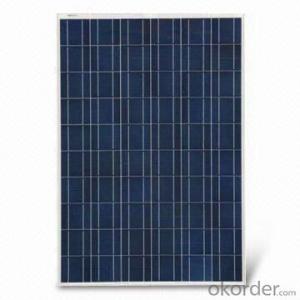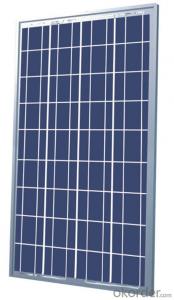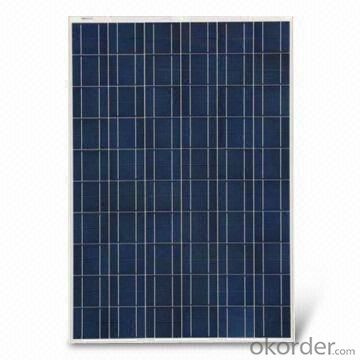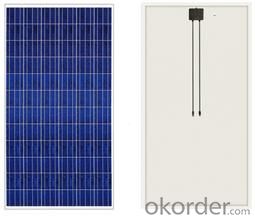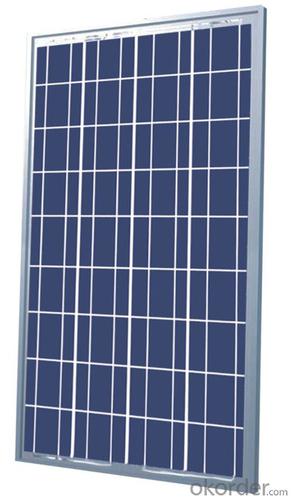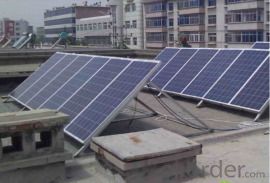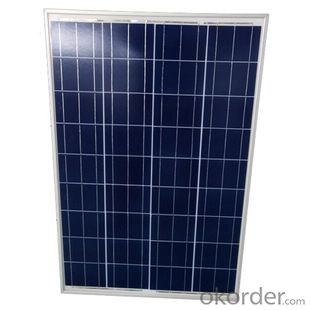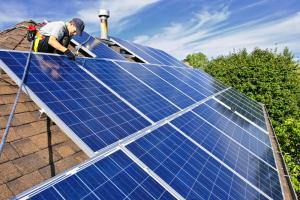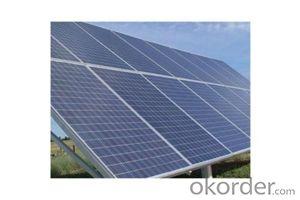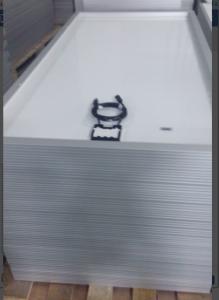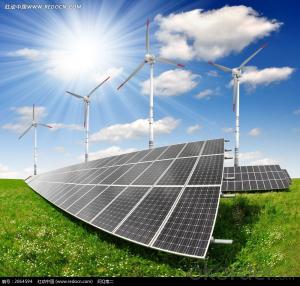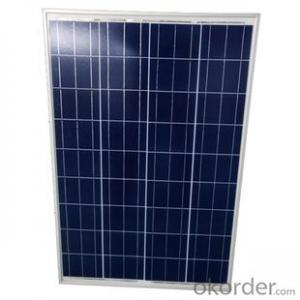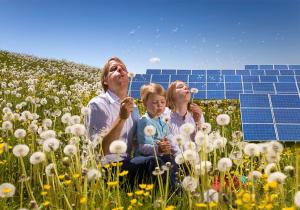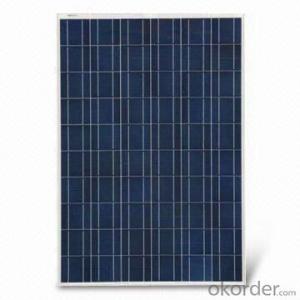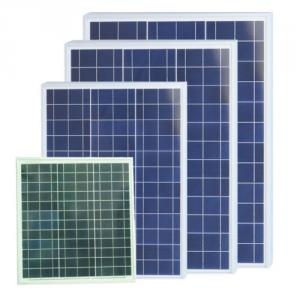Solar Panels Nsw - Polycrystalline Solar Panels for Overseas Solar Pipeline Projects
- Loading Port:
- Shanghai
- Payment Terms:
- TT OR LC
- Min Order Qty:
- 1 pallet
- Supply Capability:
- 10000000 pallet/month
OKorder Service Pledge
OKorder Financial Service
You Might Also Like
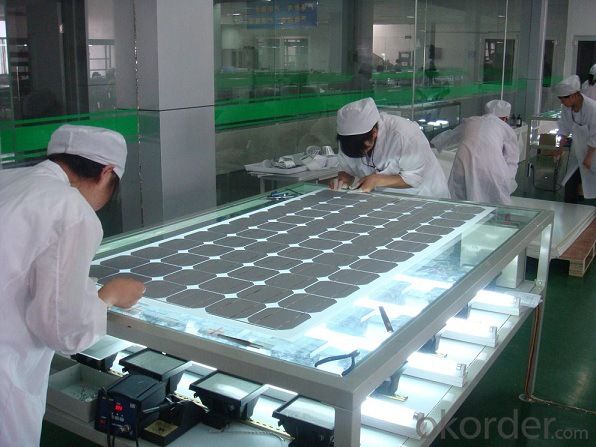
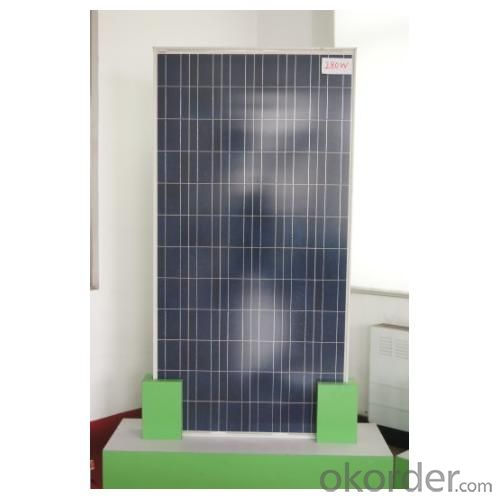
Description:Polycrystalline Solar Panels for Overseas Solar Pipeline Projects
Characteristics:
I.Solar Cell : High efficiency crystalline solar cell. Even if under the weak light, the solar module can produce maximum power output.
II.Tempered glass (toughened glass): Anti-reflecting coating and high transmission rate glass increase the power output and mechanical strength of solar module.
III.EVA and TPT: Using high quality EVA and TPT to prevent destroying and water.
IV.AI frame: Without screw, corner connection. 6 holes on the frame can be installed easily.
V.Junction box: Multi function junction box with water proof.
VI.Long lifetime: ≥25 years; Less power decrease.
VII.Good performance of preventing from atrocious weather such as wind and hails.
VIII.Resisting moisture and etching effectively, not effected by geology.
IX.The certificate issued by international authority: UL, TUV, IEC, VDE, CE.
Quality and Safety
1. Rigorous quality control meets the highest international standards.
2. High-transmissivity low-iron tempered glass, strong aluminium frame.
3. Using UV-resistant silicon.
4. IS09001/14001/CE/TUV/UL
Warranties
1. 10 years limited product warranty
2. 15 years at 90% of the minimal rated power output
3. 25 years at 80% of the minimal rated power output
Technical date :
ITEM NO.: | Poly 156*156 cell ,60pcs . Power range from 230Wp-260Wp | ||||||
Maximum Power(W) | 230 | 235 | 240 | 245 | 250 | 255 | 260 |
Optimum Power Voltage(Vmp) | 29.4 | 29.5 | 29.7 | 30.1 | 30.3 | 30.5 | 30.7 |
Optimum Operatige Current(Imp) | 7.83 | 7.97 | 8.08 | 8.14 | 8.25 | 8.37 | 8.48 |
Open Circuit Voltage(Voc) | 36.7 | 36.8 | 36.9 | 37.1 | 37.3 | 37.5 | 37.7 |
Short Circuit Current(Isc) | 8.52 | 8.59 | 8.62 | 8.65 | 8.69 | 8.73 | 8.78 |
Solar Cell: | 156*156 Poly | ||||||
Number of Cell(pcs) | 6*10 | ||||||
Name of Solar Cells | Polycrystalline Cell | ||||||
Size of Module(mm) | 1650*992*40/45/50 | ||||||
Cable & Connector Type | Pass the TUV Certificate | ||||||
Frame(Material Corners,etc.) | Aluminium-alloy | ||||||
Back sheet | TPT | ||||||
Weight Per Piece(KG) | 19.5KG | ||||||
FF (%) | 70-76% | ||||||
Junction Box Type | Pass the TUV Certificate | ||||||
Tolerance Wattage(e.g.+/-5%) | ±3%, or 0-3% | ||||||
Front Glass Thickness(mm) | 3.2 | ||||||
Temperature Coefficients of Isc(%) | +0.04 | ||||||
Temperature Coefficients of Voc(%) | -0.38 | ||||||
Temperature Coefficients of Pm(%) | -0.47 | ||||||
Temperature Coefficients of Im(%) | +0.04 | ||||||
Temperature Coefficients of Vm(%) | -0.38 | ||||||
Temperature Range | -40°C to +85°C | ||||||
Surface Maximum Load Capacity | 5400Pa | ||||||
Allowable Hail Load | 23m/s ,7.53g | ||||||
Bypass Diode Rating(A) | 12 | ||||||
Warranty | 90% of 10 years, 80% of 25 years. | ||||||
Standard Test Conditions | AM1.5 1000W/ 25 +/-2°C | ||||||
Packing | carton or pallet | ||||||
1*20' | 14 Pallets / 316pcs | ||||||
1*40'STD | 25 Pallets / 700pcs | ||||||
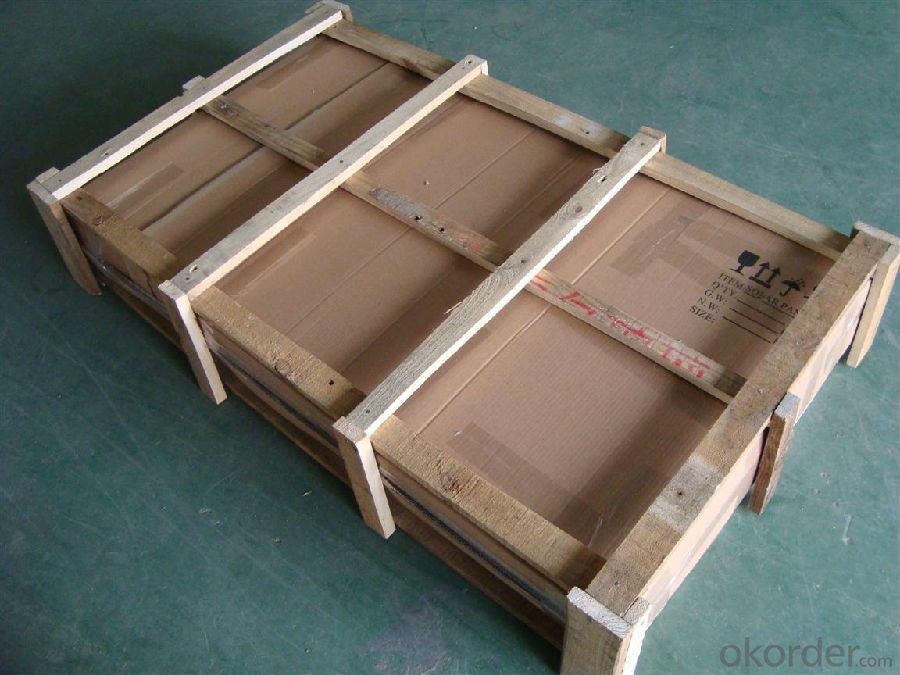
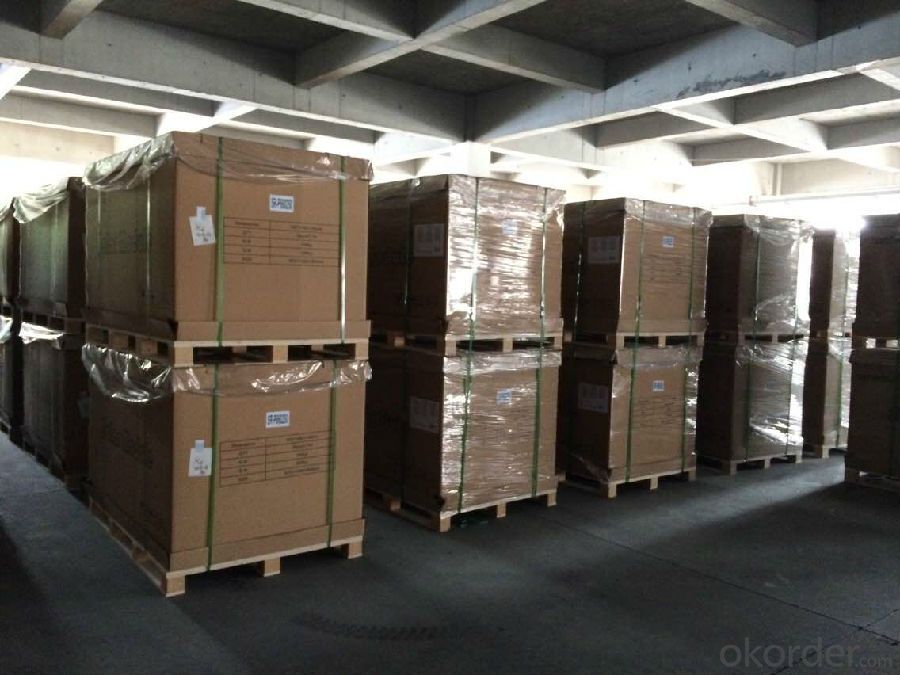
FAQ
I..Will you focus on the safety of the goods during transportation?
Yes, Safety of the cargo is the primary element that we would consider on transportation.
II..How would guarantee the quality will meet the requirements of your clients?
Before shipment, we will have inspection for each batch of goods.
III..What certificates do you have?
IEC,UL,TUV,CSA,etc.
IV..Can you do OEM according to clients’ requirements?
Yes, we have our own brand while we can provide OEM service.
- Q: Can solar panels be used in commercial buildings?
- Yes, solar panels can definitely be used in commercial buildings. In fact, many businesses are increasingly installing solar panels on their rooftops or in open spaces to generate clean and renewable energy. This helps reduce their reliance on traditional grid electricity and lowers their operational costs in the long run. Additionally, commercial buildings often have ample roof space, making them ideal for maximizing solar energy generation.
- Q: Can solar panels be used for powering outdoor signage?
- Yes, solar panels can be used for powering outdoor signage. Solar panels convert sunlight into electricity, making them an eco-friendly and cost-effective solution for outdoor signage that is not connected to the grid.
- Q: Can solar panels be damaged by hail or other weather conditions?
- Yes, solar panels can be damaged by hail or other severe weather conditions. Hailstones can cause cracks or dents on the surface of the panels, which can affect their efficiency or even render them inoperable. Other extreme weather conditions like high winds, heavy snow, or lightning strikes can also potentially cause damage to solar panels. However, it is important to note that modern solar panels are designed to withstand a certain level of weather-related stresses and are often tested for durability.
- Q: how much energy does solar panels save you? (like a month, year, etc)
- It depends on the size of the solar panels and the intensity of the solar-light. So, there's difference in every place. It's impossible to answer unless there's detail of panel size, panel quantities, average rainfall, average solar days, etc.
- Q: What is the role of inverters in solar panel systems?
- The role of inverters in solar panel systems is to convert the direct current (DC) electricity generated by the solar panels into alternating current (AC) electricity that can be used to power homes and businesses. Inverters are essential components as they ensure the compatibility of solar power with the electrical grid and allow for the efficient utilization of solar energy.
- Q: Would it be possible to use a lens or a mirror to focus light onto a solar panel in order to make in more efficient? And is something like this already being used? It was just a thought and I haven't spent much time on it, but I figured I'd ask.
- yes it is being done. i've seen adds for such a system. on the other hand, if you had a 5 sq in Lens focused on a small cell, and a 5 sq in cell, they'd be about the same. in fact, the cell might be a bit better because (A) there wouldn't be any loss in the Lens, and (B) it might be that the solar cell would use some frequencies to which the Lens was opaque. in addition, the cost of solar cells is dropping, making the cost of the mirrors or lenses uneconomical by comparison.
- Q: I need to write a pressuasive essay on why we should use solar panels more than we do. and convince people that their good and stuff.. if u guys could give me some good key reasons why..that would be great.
- I purchased my system because it is a good financial investment. My system will pay for itself in less than 6 years, thanks to a generous rebate from my utility. Now when the nearly 20% rate increase my city just approved goes into effect my bill will go up about $4 a month instead of $40.
- Q: i'm talking abt bulk panelling, how many MW do we get from km sq?
- Solar panels are being improved on a continuing basis. Price is coming down and performance is going up. Still, they are expensive. A panel roughly /2 X /2 meter runs about $00. It generates 0 watts of power. To make a panel km square would take 4000 of these at a cost of $400,000. They would generate 40,000 watts or 40 kw or 0.04 Mw.
- Q: i trying to make a solar panel. right now i dont have money to go and buy a copper sheet. so can i make it out of aluminum foil. if there is a way please tell me how. and what do i use for wires. i making this to charge batteries.
- Presumably you plan to create a focused parabolic reflector and have it oriented to heat the bottom of a pan. It will obviously need to be larger than the pan in order to gather sunlight outside of the pan's shadow, as well as gather and concentrate enough light onto the bottom of the pan to heat its contents. If you use black paint on the bottom of the pan, make sure it's high temperature paint (available at auto supply stores, often used to paint engine blocks and exhaust manifolds). Yes, a cover on the pan will make it hotter.
- Q: Its cloudy out and i have a solar panel that has 3, .5 volt cells But how do i charge it without sun any other ways?
- Just to clarify the terminology here, solar panels can be used to charge batteries. The solar panel produces electricity from the sun but you do not charge the solar panel. So I'm assuming you have 3 .5 volt rechargeable batteries connected to a solar panel in some kind of integrated unit. The batteries are probably wired in series giving you a 4.5 volt output from the unit which you can use for powering LED's, portable radio etc. The solar panel may have about 2 solar cells wired in series, each producing up to 0.5V in good sunlight, but the amount of current they produce depends on their physical size, the sun's intensity, the load being supplied, and the type of solar cells. If it has the cheaper amorphous silicon solar cells, they will actually produce some useful output on cloudy days and charge your batteries slowly. However if they are more expensive crystalline cells they will only work with good sunlight, but then they will work very well and charge your batteries relatively quickly.. If your batteries are not charging enough on a cloudy day you could connect a mains-powered 4.5V charger to the output terminals of your unit. However you may need technical expertise to make this work because of the possible presence of internal blocking diodes. You also need to ensure the mains charger has appropriate power ratings and the connection to your unit is made safely, + to + and - to - . I hope this helps.
Send your message to us
Solar Panels Nsw - Polycrystalline Solar Panels for Overseas Solar Pipeline Projects
- Loading Port:
- Shanghai
- Payment Terms:
- TT OR LC
- Min Order Qty:
- 1 pallet
- Supply Capability:
- 10000000 pallet/month
OKorder Service Pledge
OKorder Financial Service
Similar products
Hot products
Hot Searches
Related keywords
